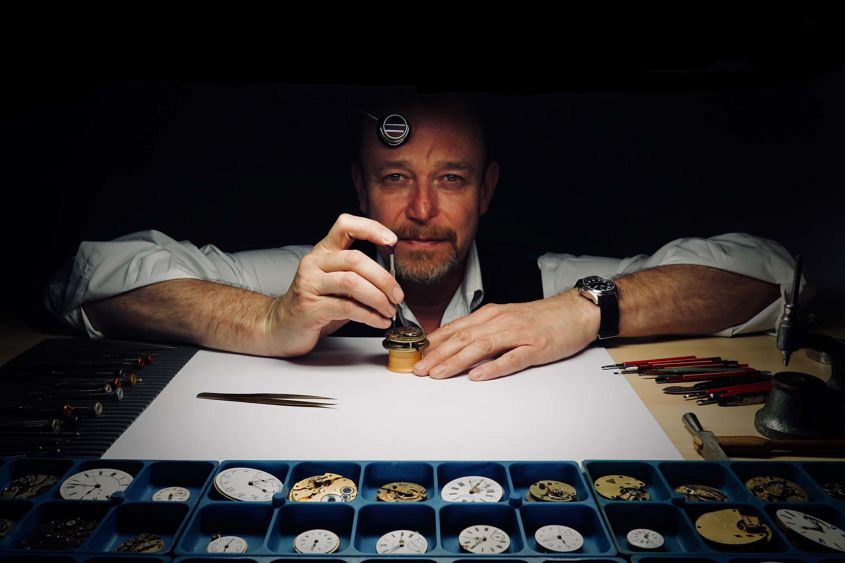 Ever since our story on the inner workings of COSC here, via an in-depth article by The Naked Watchmaker, our thirst for horological knowledge remain. More specifically, what it takes to make a movement a COSC-certified Chronometer? And what is the intrinsic value of the certification? We caught up with Peter Speake the co-founder of The Naked Watchmaker, a website with a weekly newsletter that analyses, dissects and disseminates everything from Breguet to Bulgari to satisfy your inner watchmaker. An important note from Peter Speake: There are exceptions to every rule in watchmaking, our answers are generalisations based on what we have both observed and lived in this industry. Each point merits a thesis rather than a paragraph and even then would still not be complete. Time+Tide: Right now there seem to be more discussions than ever on in-house versus modified ebauches. What is your point of view? Peter Speake: There is a possible misunderstanding as to what in-house represents. It’s a term that is understood by different people in different ways. There is no set definition, does it mean that the IP is owned by the brand that sells it, what percentage of components produced by a brand represents…
Ever since our story on the inner workings of COSC here, via an in-depth article by The Naked Watchmaker, our thirst for horological knowledge remain. More specifically, what it takes to make a movement a COSC-certified Chronometer? And what is the intrinsic value of the certification? We caught up with Peter Speake the co-founder of The Naked Watchmaker, a website with a weekly newsletter that analyses, dissects and disseminates everything from Breguet to Bulgari to satisfy your inner watchmaker. An important note from Peter Speake: There are exceptions to every rule in watchmaking, our answers are generalisations based on what we have both observed and lived in this industry. Each point merits a thesis rather than a paragraph and even then would still not be complete. Time+Tide: Right now there seem to be more discussions than ever on in-house versus modified ebauches. What is your point of view? Peter Speake: There is a possible misunderstanding as to what in-house represents. It’s a term that is understood by different people in different ways. There is no set definition, does it mean that the IP is owned by the brand that sells it, what percentage of components produced by a brand represents…
The post The Naked Watchmaker explains what it takes to make a movement a COSC-certified Chronometer? appeared first on Time and Tide Watches.